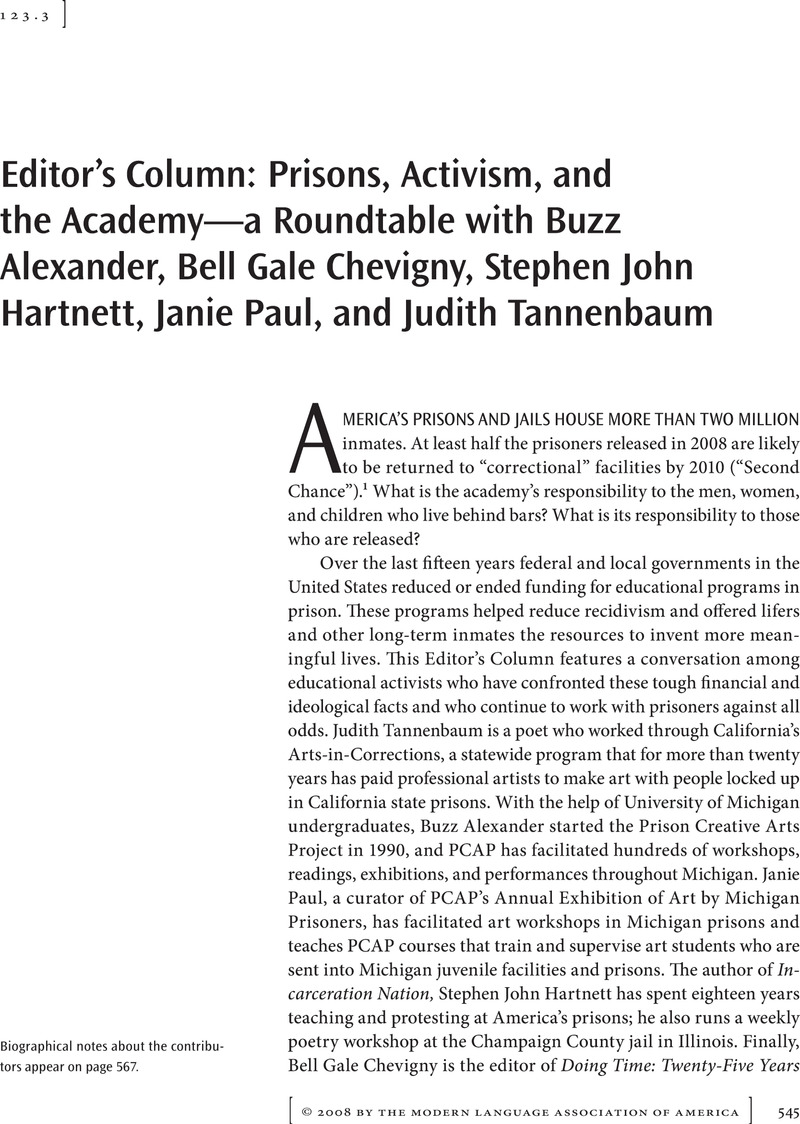Crossref Citations
This article has been cited by the following publications. This list is generated based on data provided by Crossref.
Hartnett, Stephen John
2010.
Communication, Social Justice, and Joyful Commitment.
Western Journal of Communication,
Vol. 74,
Issue. 1,
p.
68.
Singh, Jyotsna
2019.
The Cambridge Guide to the Worlds of Shakespeare.
p.
1183.
Herold, Niels
2019.
The Cambridge Guide to the Worlds of Shakespeare.
p.
1200.



